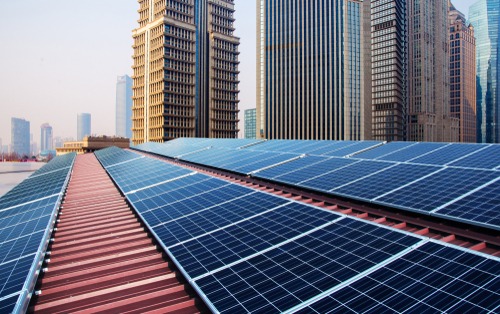California Energy Commission proposes new requirement for solar, storage inclusion in new buildings

In a move that could bring major change to future California construction, the California Energy Commission (CEC) this week voted in new rules for the 2022 California Energy Code that would require new buildings to be equipped with solar and storage, be they multifamily or commercial units.
The proposed rules were sent to the California Building Standards Commission, and if approved, the new requirements would go into effect on Jan. 1, 2023. It would have a wide-reaching impact, touching multifamily residences, office buildings, schools, restaurants, apartments complexes, and others, and builds on a 2019 decision that required most homes to incorporate solar panels as well. Further, under the 2022 ruling, new homes will also have to be readied for energy storage.
All told, it could be a shot in the arm for both the solar and energy storage industries in California.
“As a result of this vote, virtually all new buildings in California will have solar, and many others could have battery storage upon opening or occupation,” Evelyn Butler, vice president of technical services at the Solar Energy Industries Association (SEIA), said. “Buildings with solar and storage will provide Californians with cleaner and greener living and working spaces. The rules will significantly contribute to improved grid reliability and local resilience, which is a key part of our clean energy transformation. This is a major step forward for the state’s 100 percent clean energy efforts, and we commend the California Energy Commission for its work.”
SEIA’s own codes and standards experts contributed to the proceedings, offering guidance and technical inputs the commission turned to when considering expanding photovoltaic and energy storage system requirements. The organization framed the rules change as a positive step in the fight against climate change.
